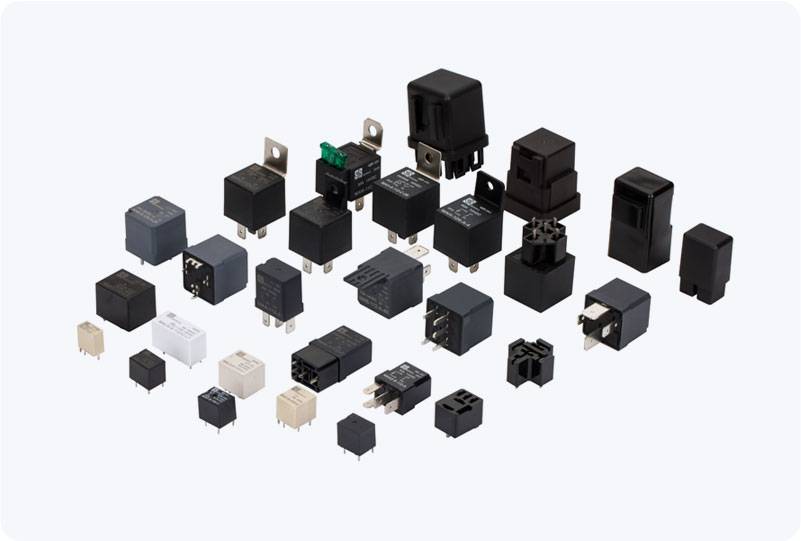High Current Relays (HCR) are essential components in modern electrical and electronic systems that require the switching of high-power circuits. These relays play a critical role in applications ranging from industrial machinery to electric vehicles, providing the necessary control over electrical circuits without compromising the safety and reliability of the system. This article explores the features, applications, and benefits of High Current Relays, highlighting their significance in various industries.

What is a High Current Relay? A High Current Relay is a type of electromechanical switch designed to control high electrical currents. Unlike standard relays that are typically used for lower voltage and current applications, HCRs are built to handle much higher power levels, often exceeding hundreds of amperes. These relays consist of a coil that, when energized, creates a magnetic field that operates contacts within the relay. These contacts open or close the electrical circuit, thereby switching the current flow on or off. The major distinguishing factor of a High Current Relay is its ability to handle high currents without suffering damage to its contacts, insulation, or other internal components. This is achieved through the use of specialized materials and designs, ensuring that the relay can function reliably even under strenuous conditions.